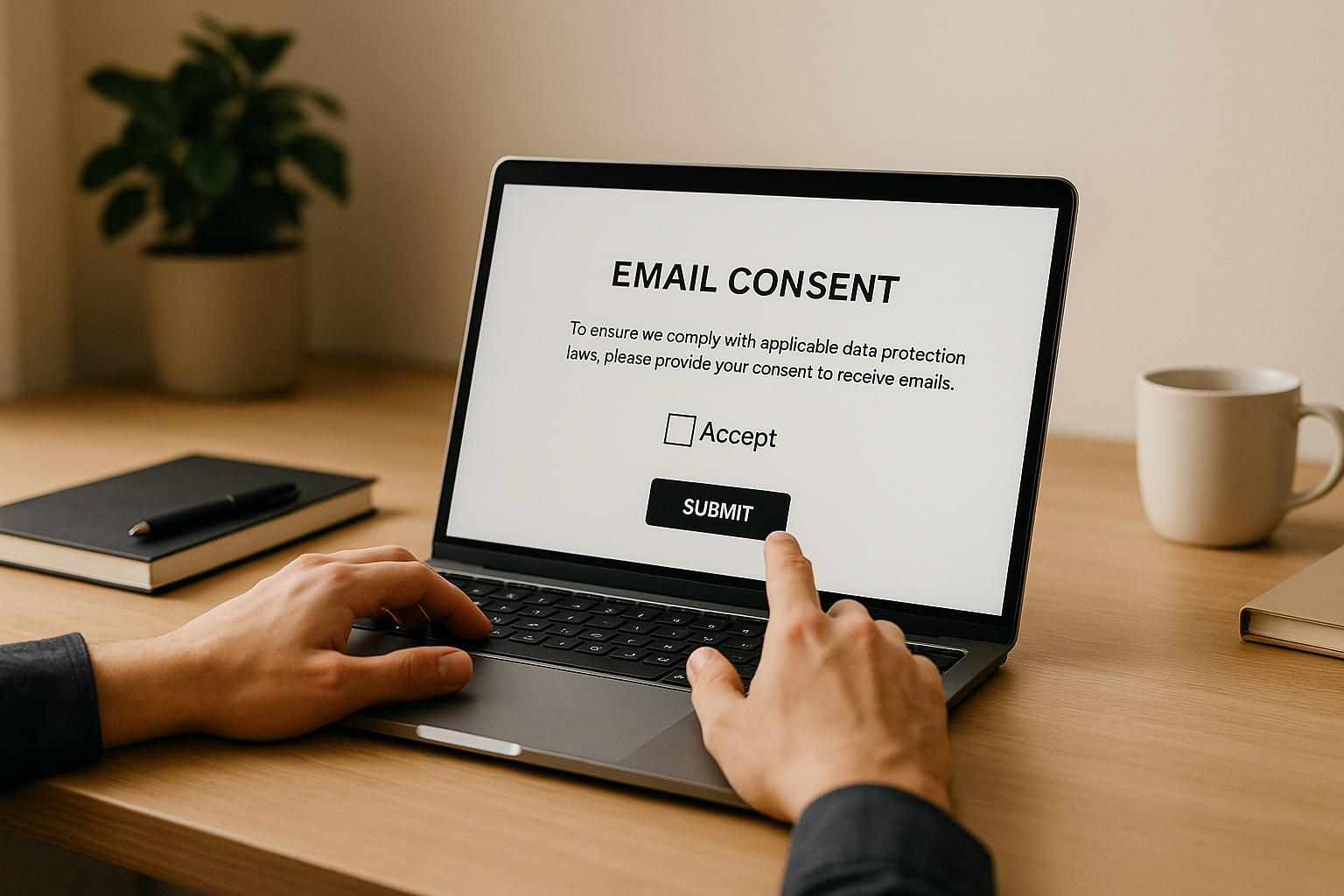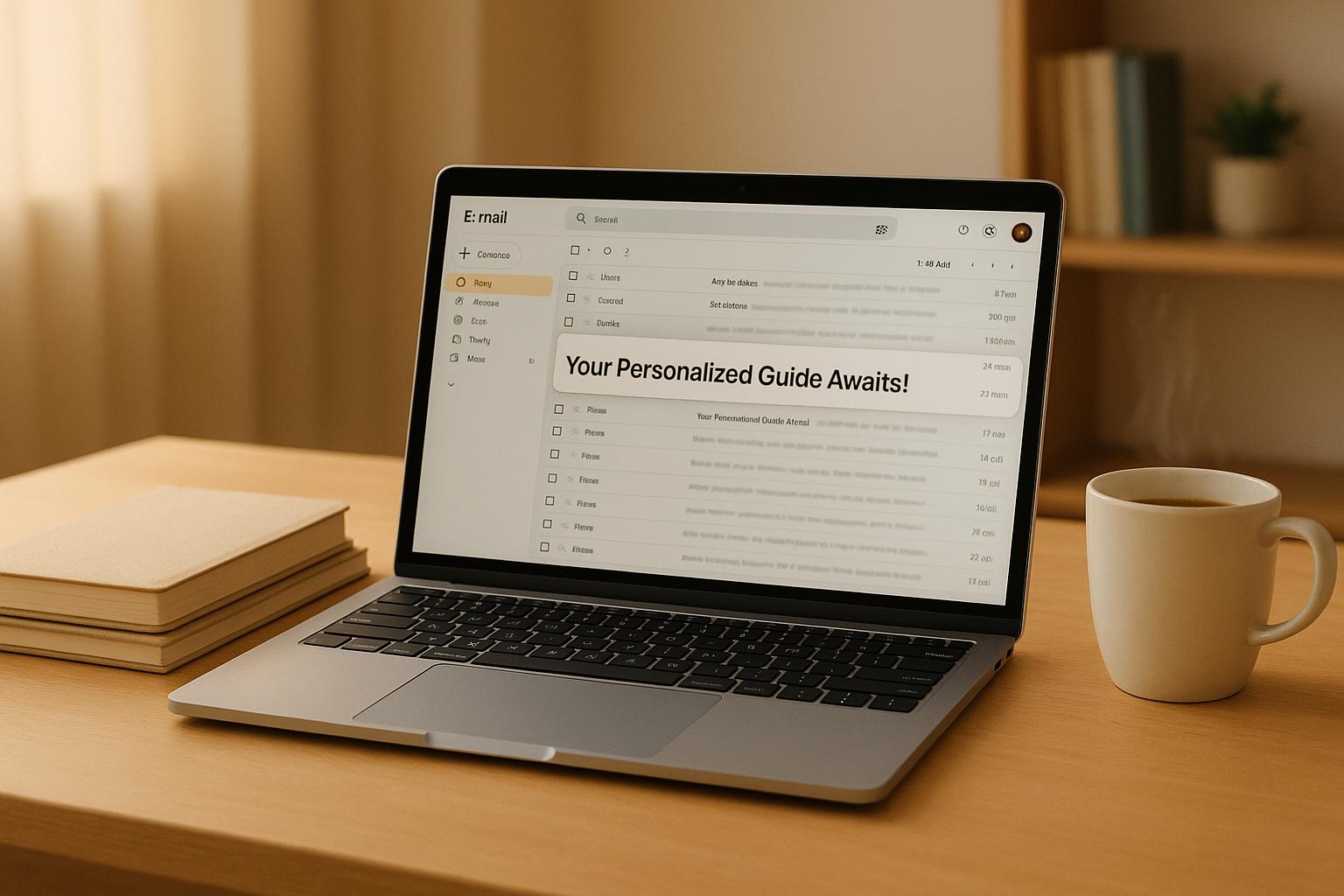Personalized emails are transforming healthcare communication. By tailoring messages to individual needs, healthcare providers are seeing better engagement, reduced workloads, and improved patient outcomes. This article highlights three case studies showcasing how personalized email strategies can make a difference:
- Select Health: Improved new member onboarding by aligning emails with health plans and enrollment timelines, reducing customer support inquiries.
- Large Pharmaceutical Company: Used automation and machine learning to personalize emails for 700,000 providers, cutting opt-out rates by 50%.
- WW (Weight Watchers): Leveraged behavioral data to create customized emails, boosting member engagement and supporting unique health journeys.
These examples demonstrate how personalized emails can enhance communication and simplify healthcare processes. The key lies in segmentation, timely messaging, and using the right tools to deliver tailored content.
AMN Healthcare Case Study: How They Boosted Engagement by 50% with Omnichannel Personalization
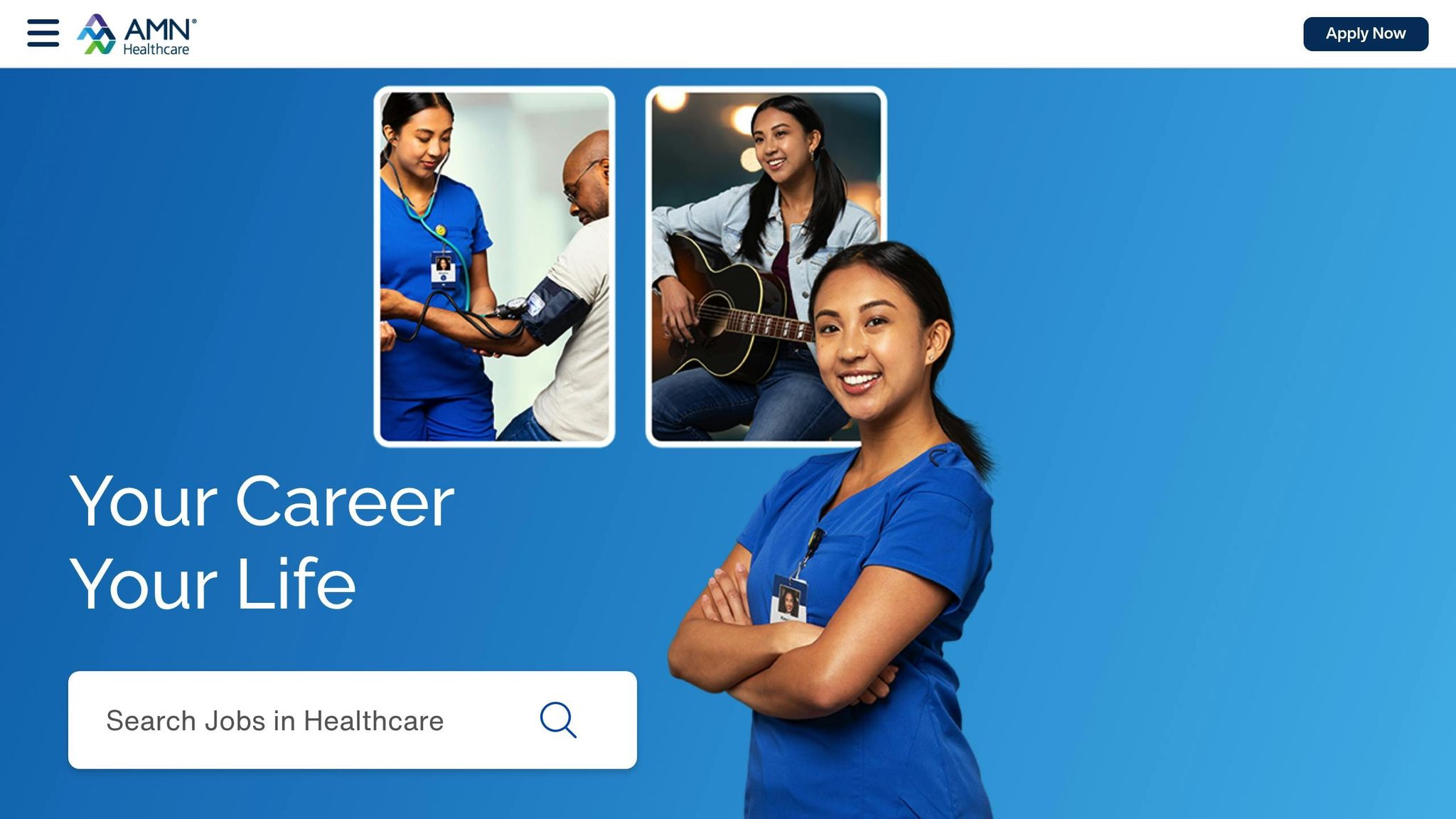
Case Study 1: Select Health – Personalized Patient Onboarding
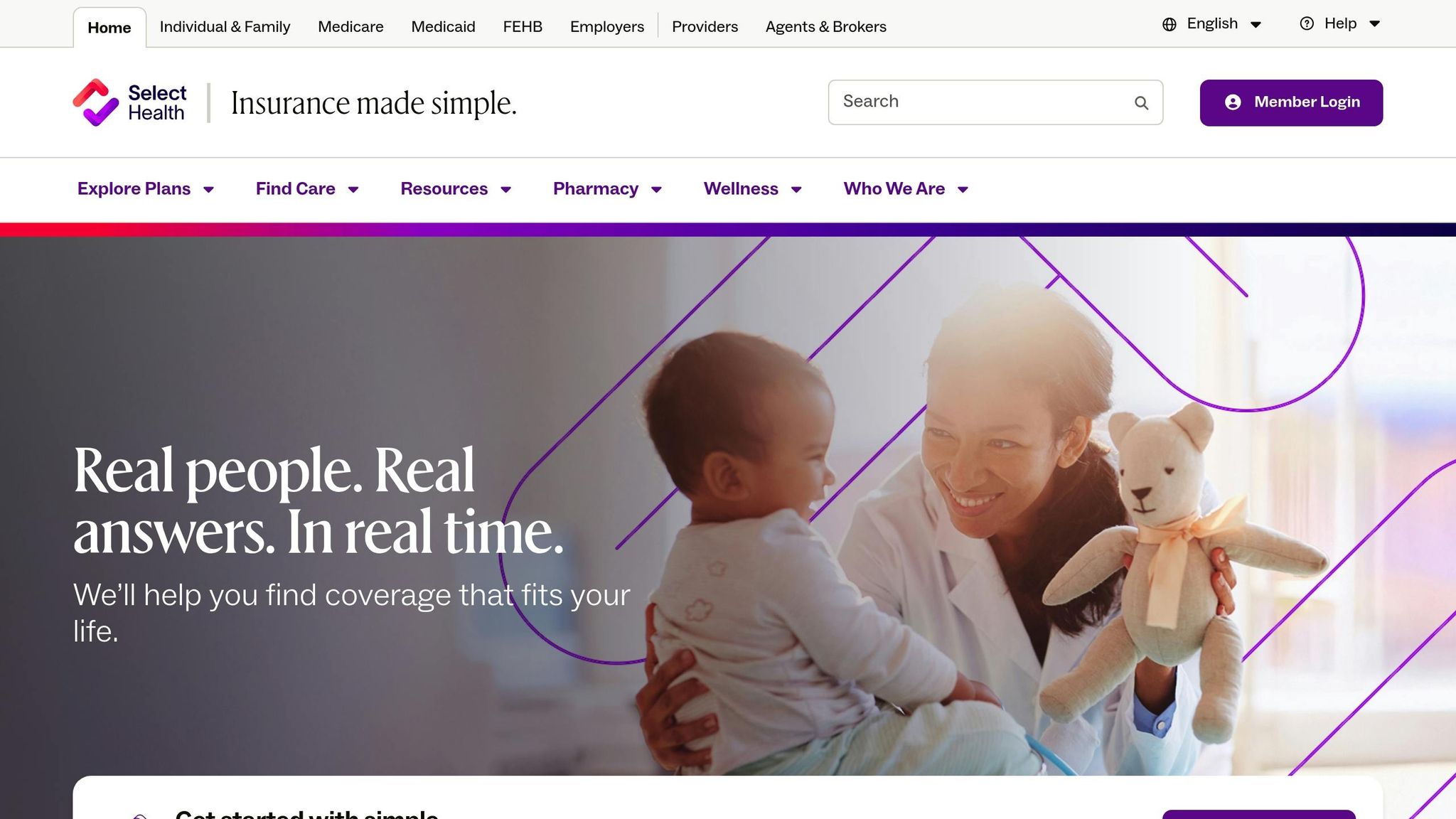
Select Health realized their one-size-fits-all onboarding approach wasn’t resonating with new members. To address this, they shifted to a more personalized email strategy, aligning communications with each member’s specific plan and enrollment timeline. This change set the stage for a more tailored and step-by-step onboarding experience.
Personalized Approach
The revamped strategy centered on creating email content that catered to the unique details of each member’s health plan. Members received a series of welcome emails that guided them through essential next steps. These communications were thoughtfully timed to coincide with key actions, such as logging into the online portal for the first time. This ensured members had timely support when they needed it most.
Measurable Outcomes
The results of this personalized approach were promising. While Select Health has not shared detailed statistics, internal feedback showed a boost in patient engagement. The tailored emails also helped reduce the volume of routine inquiries to customer support, making the process smoother for everyone involved. By focusing on individualized onboarding, Select Health created a more seamless enrollment experience and strengthened their connection with members from the start.
Case Study 2: Large Pharmaceutical Company – Automated Provider Engagement
A major pharmaceutical company faced a tough challenge: how to engage a massive network of 700,000 healthcare providers across various brands without bombarding them with irrelevant emails. Their traditional mass email campaigns were driving high opt-out rates, signaling that their approach needed a serious upgrade. To tackle this, they teamed up with Deloitte to revamp their email personalization strategy using cognitive automation and machine learning.
Automation Strategy
The project started with an in-depth analysis of five years’ worth of data from their network of 700,000 providers, spanning dozens of brands. Within just ten weeks, this data was processed to uncover actionable insights. These insights laid the foundation for a cognitive automation tool that could craft tailored, one-on-one engagement plans for each healthcare provider.
Results and Impact
The results were striking. By shifting to a personalized automation strategy, the company cut email opt-out rates in half. Not only did this improve provider retention, but it also boosted engagement across their network. This success story highlights how even the largest healthcare organizations can adopt advanced personalization techniques to build stronger, more meaningful relationships at scale.
This approach also opens the door to exploring similar strategies for patient-focused communications, proving the potential of personalized email tools in the pharmaceutical industry.
sbb-itb-6e7333f
Case Study 3: WW (Weight Watchers) – Personalized Lifestyle Management
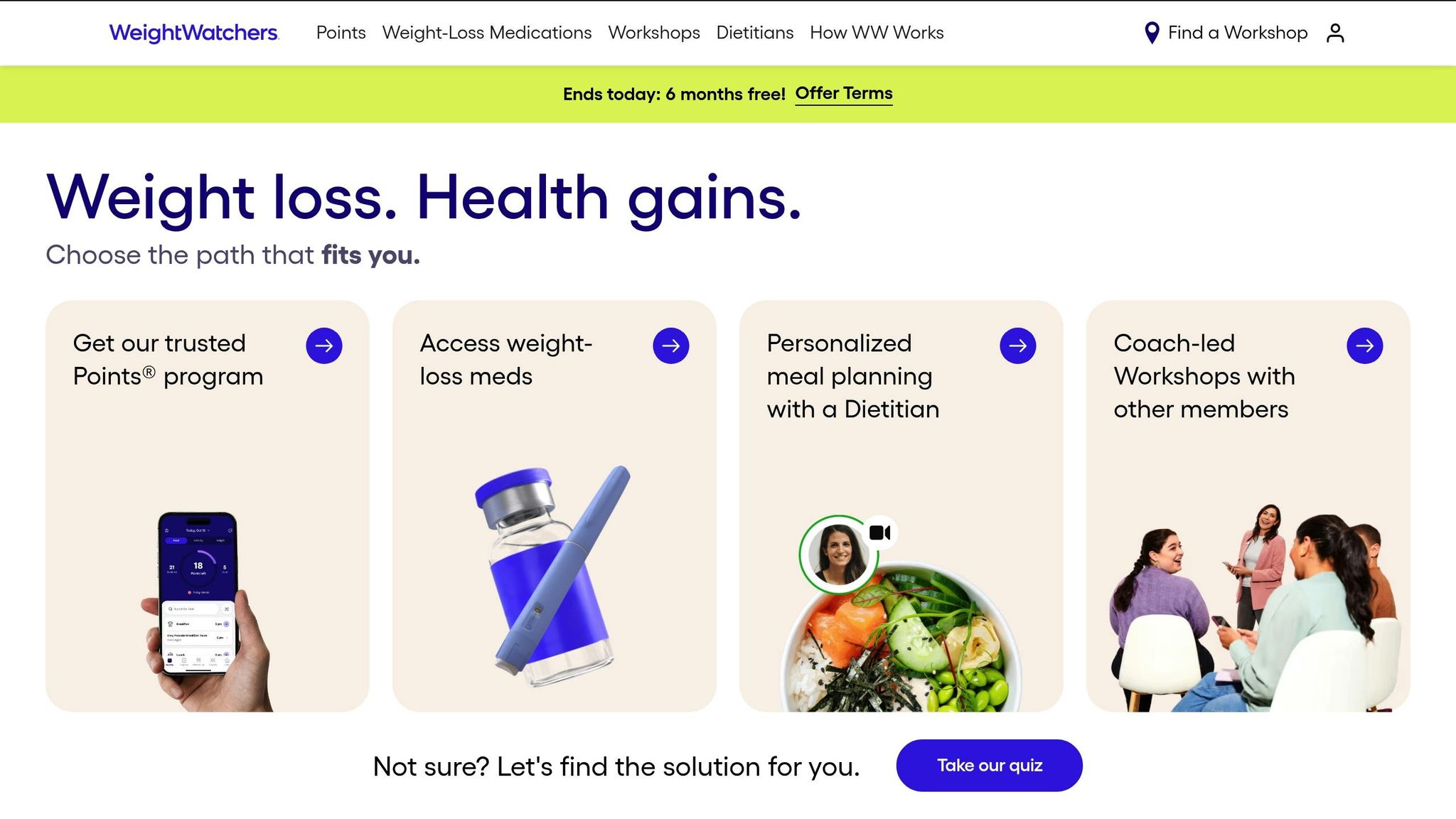
WW, previously known as Weight Watchers, understands that every weight loss journey is unique. Over time, the company has moved far beyond basic calorie counting to focus on creating personalized experiences tailored to each member’s lifestyle, preferences, and progress. Their email personalization strategy reflects this shift, offering communications that resonate on an individual level.
Personalization Techniques
WW has fine-tuned its email strategy by leveraging a variety of data points to ensure every message feels relevant and supportive.
At the heart of their approach is the PersonalPoints system, which assigns point values to foods based on each member's profile. This system serves as the backbone for their personalized email campaigns, transforming them into what feels like one-on-one coaching rather than generic marketing.
To achieve this, WW segments its members using data such as dietary preferences, activity levels, weight loss goals, and app usage patterns. For instance:
- Members who log breakfast receive morning motivation emails.
- Marathon trainers are sent fitness-focused content.
- Busy parents get advice on quick and healthy meal prep.
Dynamic content blocks allow WW to tailor emails in real-time. A single email template can feature different recipes, tips, or motivational messages depending on where a member is in their journey. For example, new members might receive beginner-friendly guidance, while long-term users get advanced strategies for maintaining their progress.
WW also uses engagement data to optimize email timing. Some members might get meal prep tips on Sunday evenings when planning for the week, while others receive similar content midweek based on their past activity patterns.
Health and Engagement Outcomes
This personalized email strategy has reshaped how members interact with WW's platform. While exact figures aren’t publicly available, the company reports much higher open rates for these tailored emails compared to their older, generic campaigns.
What’s more impactful is how these communications influence members’ health journeys. Personalized content helps members stay motivated during tough times and celebrates their milestones in meaningful ways. Many members share that they feel “seen” and understood, which deepens their connection to the brand and strengthens their commitment to long-term wellness.
Beyond emails, WW integrates personalization into other aspects of its ecosystem. Members receive recipe suggestions aligned with their food preferences and ZeroPoint foods, workout plans tailored to their fitness levels, and opportunities to connect with others who share similar challenges.
WW’s approach shows that personalization in healthcare and wellness emails isn’t just about adding a first name to the subject line. By using behavioral data, tracking preferences, and analyzing engagement, they’ve created a communication strategy that truly supports individual goals while fostering a sense of community. This case study highlights how targeted, thoughtful emails can drive meaningful engagement and lasting lifestyle changes.
Best Practices and Key Learnings
Healthcare organizations can take valuable insights from these case studies to refine their email personalization strategies. These examples showcase how effective personalization not only boosts engagement but also leads to better outcomes for patients.
Dynamic Content and Segmentation
Segmenting your audience is the foundation of personalized healthcare emails. Select Health demonstrated this by dividing new members based on their enrollment stage and health status, ensuring messages were relevant right from the start. Similarly, WW's use of behavioral data tracking shows how segmentation can be applied across different healthcare scenarios.
To take segmentation further, organizations can combine demographic details with behavioral patterns, health conditions, engagement history, and lifecycle stages. For instance, a diabetes management program might group patients by when they were diagnosed, how well they adhere to medication, and their past interactions. This allows for timely, tailored educational emails.
Dynamic content blocks are another game-changer. These allow a single email template to cater to multiple audience segments without losing the personal touch. WW's emails, which showcase different recipes and tips based on user preferences, are a great example. Healthcare providers can adopt a similar approach by including personalized health screenings, medication reminders, or educational resources within a single email, all tailored to individual patient profiles.
Even provider segmentation can yield impactful results. As seen in the pharmaceutical case study, segmenting communications for healthcare providers can scale personalization effectively.
Timely and Relevant Messaging
Getting the timing right is crucial. Select Health showed how impactful this can be by improving onboarding completion rates through well-timed messages during the enrollment process.
Mapping out the patient journey helps pinpoint when personalized messages can make the biggest difference. Examples include sending reminders for upcoming appointments that reflect specific patient needs, following up after procedures with recovery-focused advice, or alerting patients to preventive care opportunities based on risk factors.
Tailoring messages to different stages of the patient journey is equally important. WW’s strategy of offering beginner-friendly advice to new users and more advanced tips to experienced ones highlights how communication can evolve to meet patients where they are.
Using Advanced Tools
Automation makes it possible to deliver personalized experiences without overburdening staff. The pharmaceutical case study illustrated how automated provider engagement can maintain a human touch while scaling communications to thousands of recipients.
Healthcare organizations can leverage email platforms that support HIPAA compliance, robust segmentation tools, and integration with electronic health records. For example, the Email Service Business Directory offers a curated list of platforms designed to help healthcare providers run personalized campaigns while staying compliant with regulations.
Integration is key to maximizing personalization. By connecting email platforms with patient management systems, electronic health records, and scheduling tools, organizations can send highly relevant communications triggered by real-time events, such as care updates or appointment changes.
Analytics and reporting tools also play a critical role. By tracking metrics like appointment attendance, medication adherence, and patient satisfaction, healthcare organizations can fine-tune their email campaigns to not only improve engagement but also drive better health outcomes.
Conclusion: Email Personalization in Healthcare Communication
The case studies highlight how personalized email strategies can transform healthcare communication, fostering deeper patient engagement and leading to better health outcomes. By using tailored approaches - like dynamic content and behavioral segmentation - organizations achieved measurable success in areas such as patient onboarding, provider education, and lifestyle management. These examples offer a clear roadmap for healthcare providers looking to adopt similar strategies in their own practices.
To implement these personalized efforts effectively, healthcare organizations should prioritize using a HIPAA-compliant email platform that supports advanced segmentation and integrates seamlessly with existing systems. The Email Service Business Directory offers a curated list of platforms specifically designed for healthcare providers, making it easier to compare and select solutions that align with both regulatory standards and personalization goals.
Personalized emails have proven to strengthen patient relationships, increase engagement, and enhance care delivery. As patient expectations continue to evolve, adopting personalized communication strategies remains a key step toward achieving meaningful health outcomes.
FAQs
How can healthcare organizations personalize emails while ensuring patient privacy and data security?
Healthcare organizations can tailor emails effectively by leveraging HIPAA-compliant email platforms. These platforms ensure strong encryption for both storing and transmitting data, providing a secure foundation for communication. Additionally, implementing secure authentication methods, strict access controls, and maintaining audit trails are key steps to protect sensitive patient information.
To uphold trust and meet compliance standards, it's wise to use de-identified data whenever feasible. Organizations should also secure explicit patient consent for email communications and be upfront about how patient data will be used. Being transparent and following privacy regulations carefully helps strike the right balance between personalization and data security.
What challenges do healthcare providers face when adopting personalized email strategies, and how can they address them?
Healthcare providers face several hurdles when implementing personalized email strategies. These include safeguarding data privacy and security, adhering to stringent regulations like HIPAA, and efficiently managing patient segmentation.
To tackle these challenges, providers should prioritize secure and responsible data management practices. Investing in tools that support dynamic content creation and segmentation can help deliver tailored messages effectively. Additionally, ensuring that email systems are fully HIPAA-compliant is essential. By addressing these areas, providers can build patient trust, improve engagement, and stay compliant with regulations.
How does personalized email communication enhance patient engagement and improve healthcare outcomes?
Personalized email communication is a powerful tool for boosting patient engagement and improving healthcare outcomes. By delivering messages that align with each individual’s unique needs and concerns, this approach enhances response rates, supports medication adherence, and increases overall patient satisfaction.
Tailored emails address specific health concerns and preferences, building trust and encouraging patients to take an active role in their care. Over time, this strengthens the bond between patients and providers, while also promoting healthier behaviors and better long-term outcomes.
